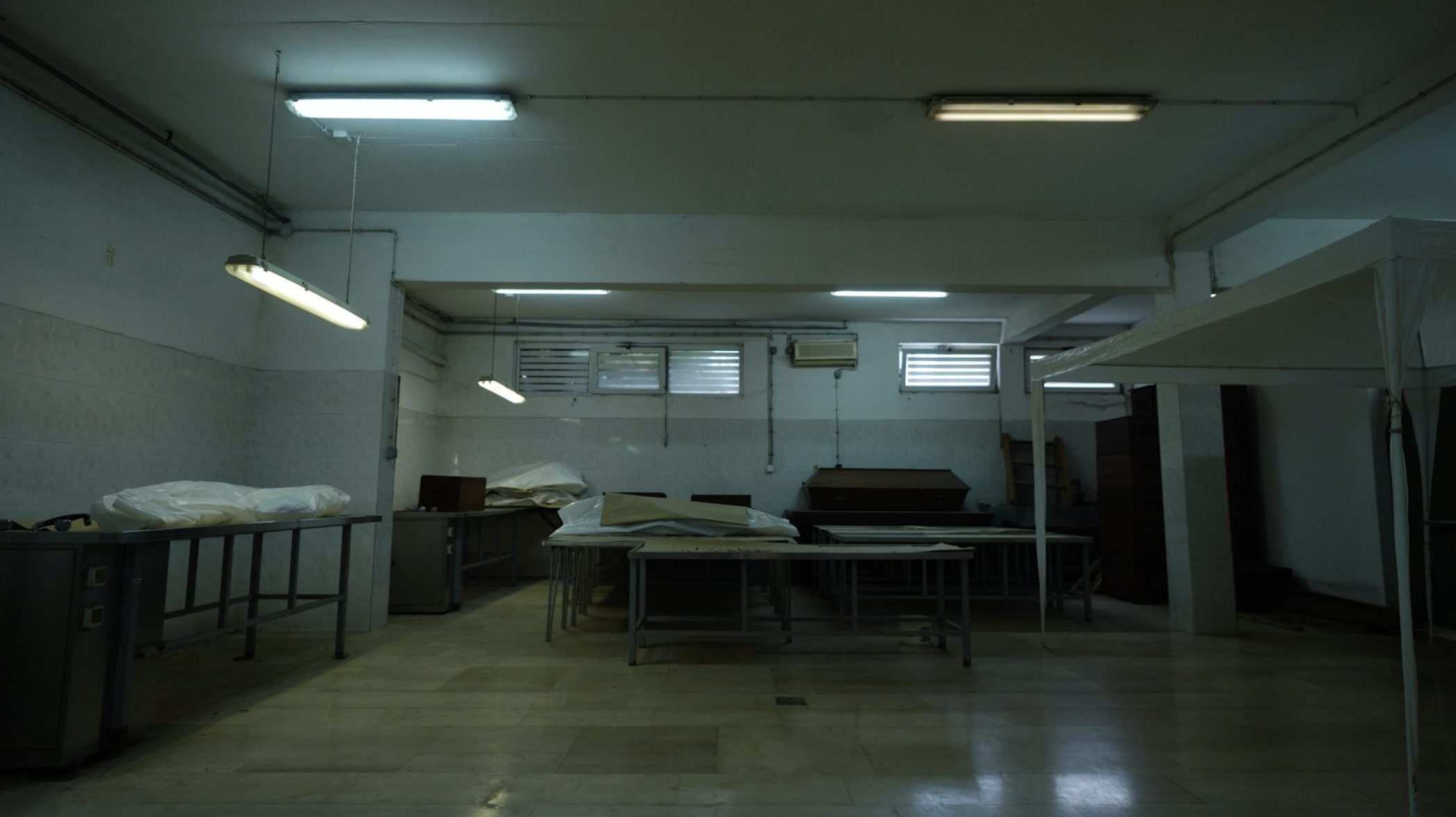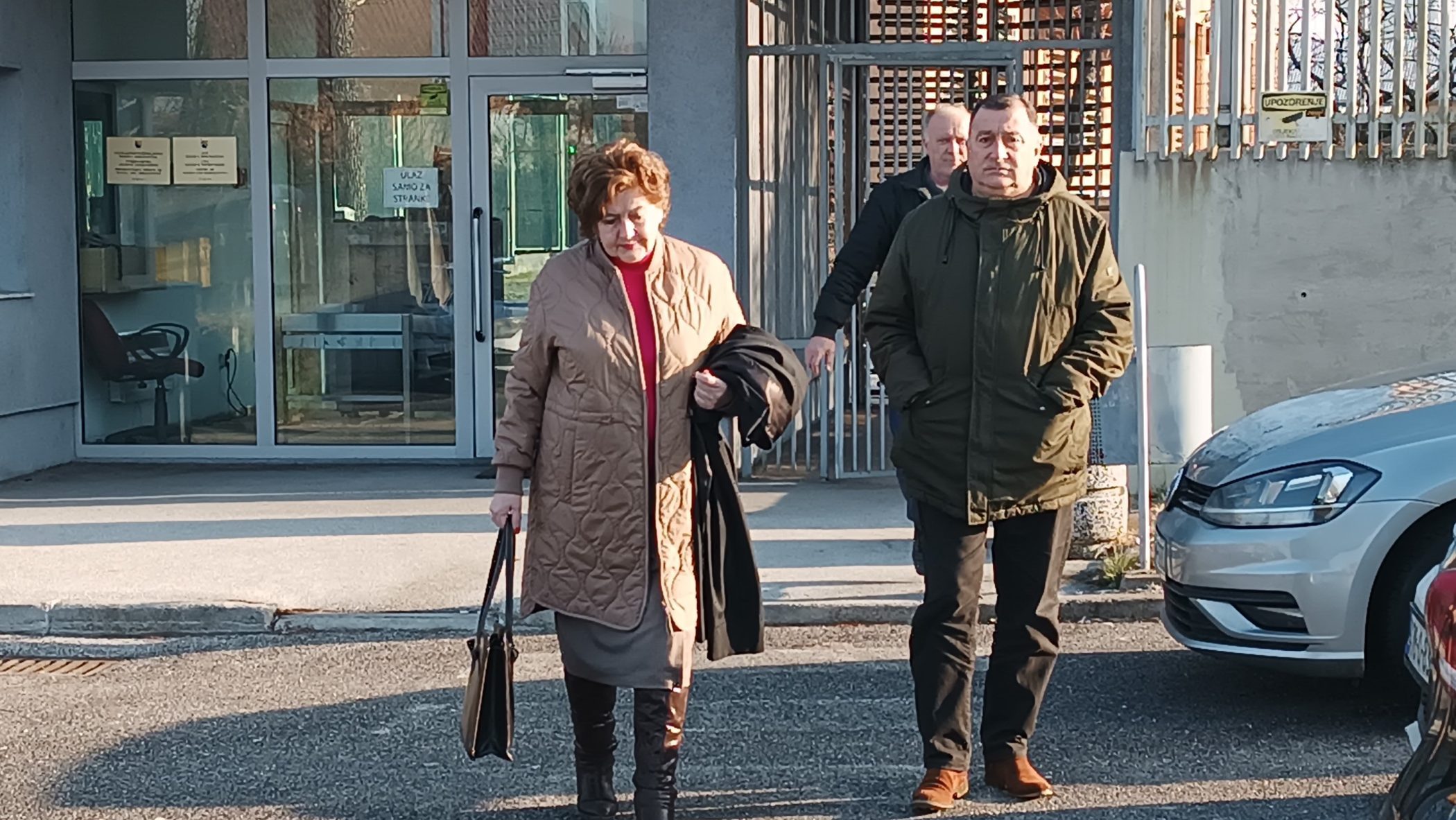A protected prosecution witness codenamed A-1 told the state court in Sarajevo on Tuesday that he was taken away from his home in on June 2, 1992, by people who he heard were members of the White Eagles paramilitary group.
Two days later he was taken, together with five other people, to the Reservist Officers’ School in Bileca, put in the basement premises and physically mistreated, he testified.
“It is impossible to describe that. Maybe it did not happen every single day, but it certainly did every second day. There was beating. I was beaten too, at least once every day,” he said.
“I can remember two men – Mr. Mavrak and Mr. Boris Bosnjak… Mavrak and Bosnjak hit me,” he added.
He recognised defendant Boris Bosnjak in the courtroom, but he was not sure about Milos Mavrak.
The defence presented the witness with a statement he gave during the investigation in which he said he was lucky because Mavrak had not hit him even once. The witness said it was a typing mistake.
A-1 said that, after having been detained for 15 days, he and a group of other detainees were transferred to a room on the upper floor.
“They mistreated and hit us every day as if there was a schedule, an agenda for it. Whoever was able to approach the room would enter it,” he said.
Bosnjak and Mavrak are charged, along with Miodrag Grubacic and Ilija Djajic, with the persecution of non-Serb civilians from May to August 1992.
They are accused participating, on a daily basis, of beating detainees at the former Mosa Pijade military barracks in Bileca and enabling others to enter the premises and beat the detainees.
According to the charges, Bosnjak was a member of the 7th Battalion of the military police with the Bosnian Serb Army and was the guards’ commander at the barracks, while the three other defendants were Bosnian Serb Army members and guards at the detention centre.
Also on Tuesday, prosecution witnesses at the trial of a former Croatian Defence Council, HVO member told the state court about Bosniaks leaving Mostar area after the outbreak of the conflict in May 1993.
Damir Cibra, a former member of the military police forces based in Mostar, confirmed that the armed conflict between the Bosnian Army and the HVO began in May 1993.
He said that at that time, the right bank of the Neretva river that runs through the town was under the control of the HVO, while the Bosnian Army was on the left bank.
“I know that Bosniaks received the same treatment as others in the part of the town inhabited by Croats prior to the conflict, but distrust among the local population arose after the outbreak of the conflict. Bosniaks began moving out of that part of the town,” Cibra said.
He said he knew that Bosniaks were taken to the Heliodrom and Dretelj detention camps.
He also said it was known to him that some HVO ‘anti-terrorist groups’ were active in the town, but he did not know much about them.
Sasa Savinovic, a former member of an HVO anti-terrorist group called the Convicts’ Battalion – Benko Penavic, is charged with participating in the murders and forcible resettlement of the Bosniak population from the Mostar area from May 1993 to the end of 1993.


